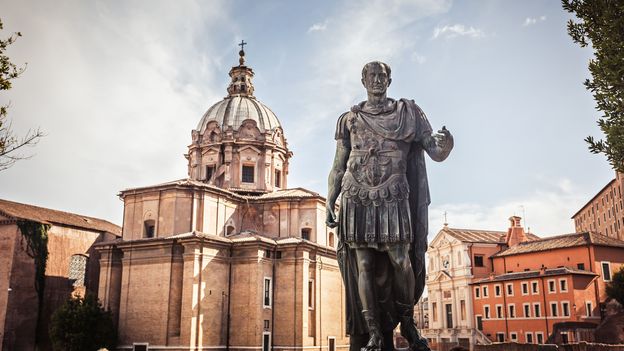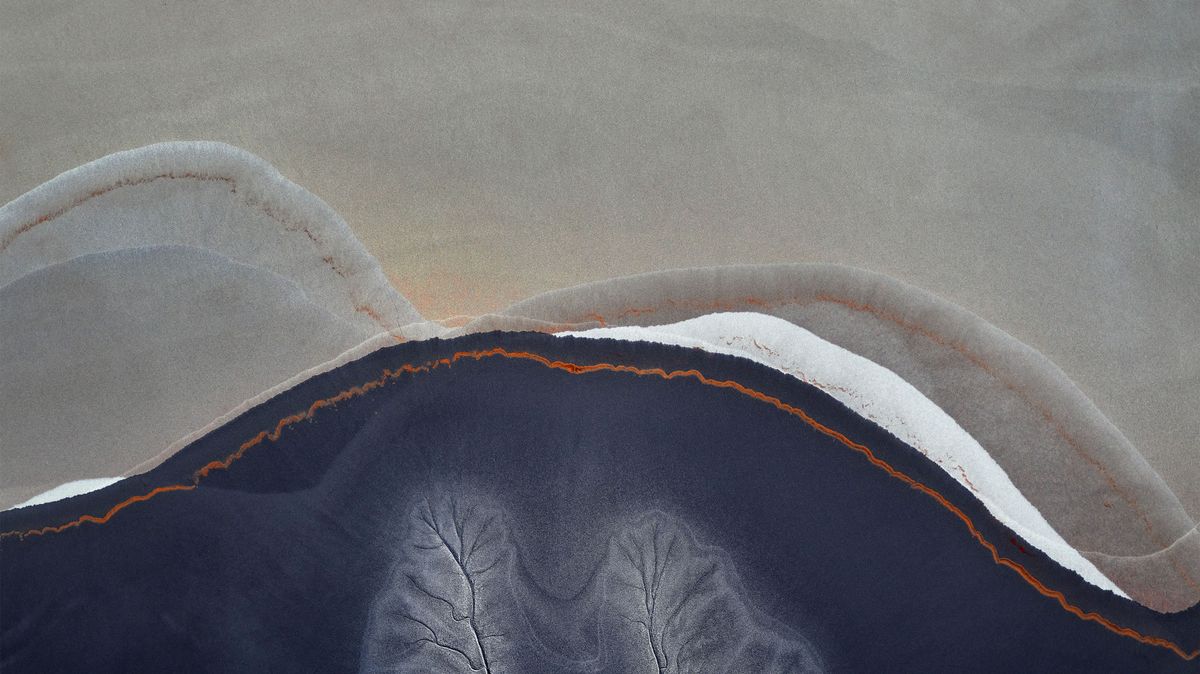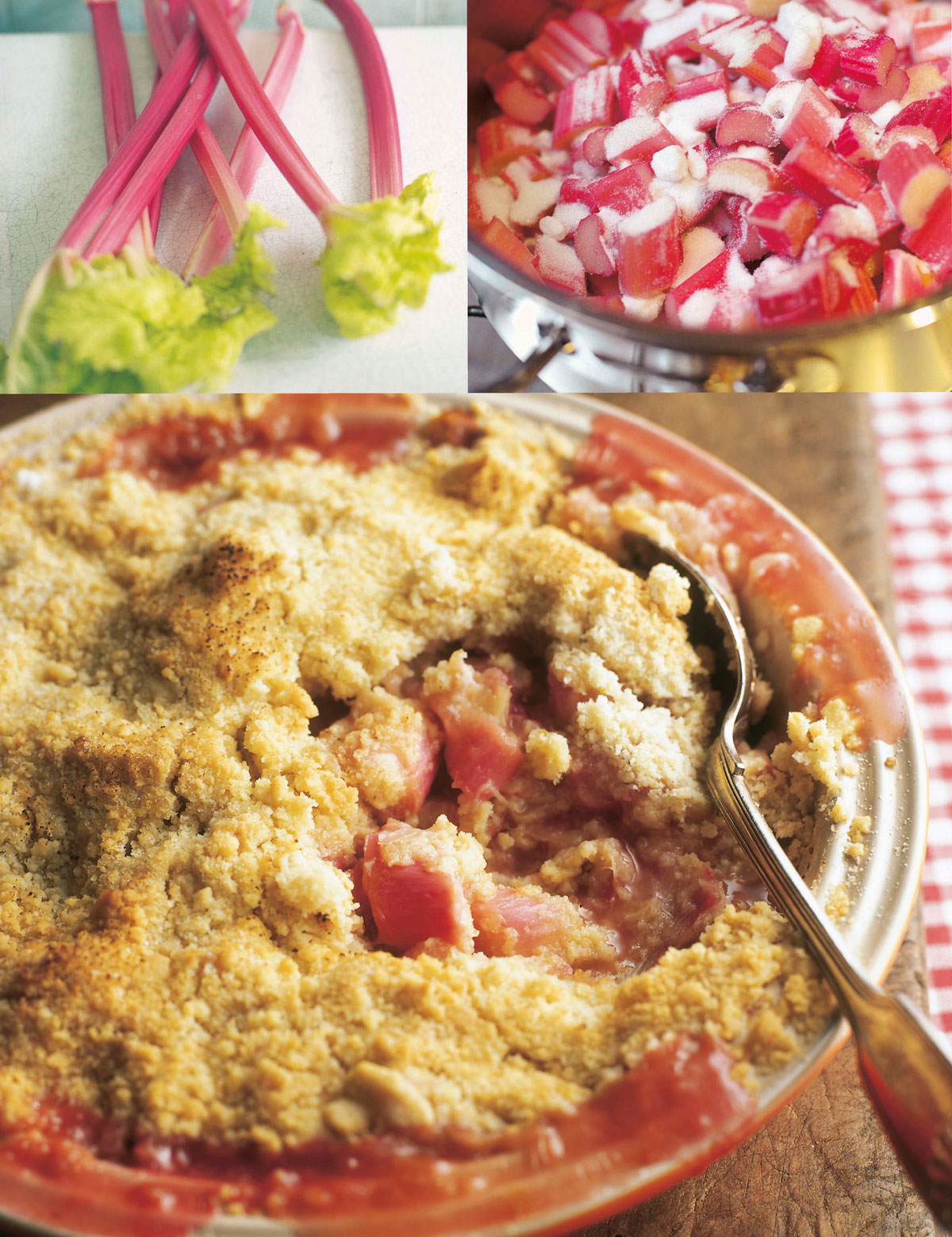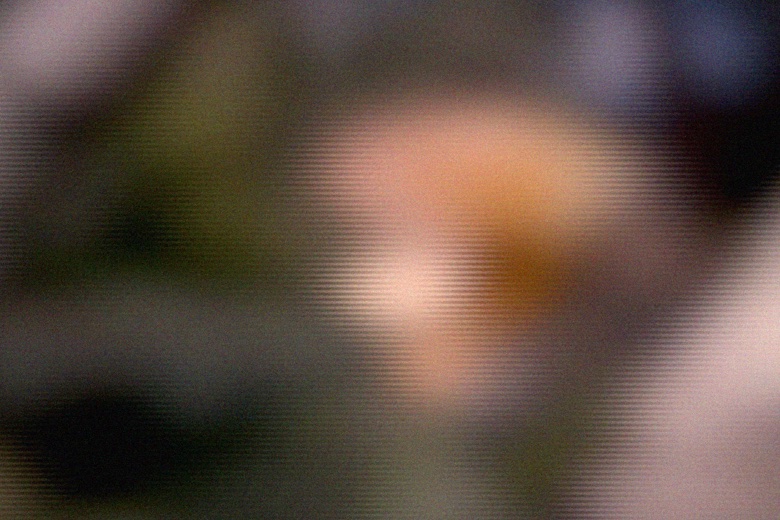- Breathing Light
- Posts
- Breathing Light Issue #83
Breathing Light Issue #83
Of places known and dreams that wait awhile

1. Artwork of the Week.
2.Koorero Timatanga-First Thoughts
3. Letters to my Friends-Letter to Tony
4. Waiata mou te Ata-Poem for the day
5. Nine or Ten Fevered Mind Links (to make your Sunday morning coffee go cold)
6. Koorero Whakamutunga-Last Thoughts
My Artwork of the Week
Taku Mahi Toi o Te Wiki

Palm leaves, Kerikeri, 2024 | Fujifilm X-T5, XF 10-24/4
"Keep me away from the wisdom which does not cry, the philosophy which does not laugh and the greatness which does not bow before children."
The Hackescher Hof in East Berlin is a labyrinthine conglomeration of courtyards and buildings that seem to meander on forever. Visiting it 12 years ago, I quickly became lost. After a time, I wondered if, like Theseus, I should have tied a string to the entrance pillar so that I could find my way back out. It was a mind-numbing maze filled with shops and art galleries. I wandered into one of these galleries to see work I had never seen before.
The first thing that struck me was how large the works were, ranging from a metre square to more than 2m on the long side. Because art in Berlin has always tended to be at the cutting edge of what is possible, I was also struck by how few of the works had been framed conventionally, using the matte and frame model. Most were printed on shiny paper and then mounted on Dibond, with no constraining edging at all. I could imagine these hanging in grand foyers of significant buildings.
One, in particular, was a work where the artist had photographed tropical plants in what was obviously an artificial environment, probably some form of museum or botanical garden. The work was enormous, and the detail extraordinary. I wanted to step into it and be part of the scene they had photographed. It was a literal representation, yet its sheer size made it surreal. I filed the experience away, waiting for a day when I could explore the idea.
It has taken me over a decade.
As many of you know, especially my mentees, we can learn much from exploring the work of the Masters who have gone before us. One in particular who has fascinated me for a long time is the French naïve painter Henri Rousseau. To put it bluntly, his works are pretty weird yet marvellous.
I boned up on him.
Initially, his work was treated with ridicule, as not being "real" art, and yet by the end of his life, he was being fêted as a master, to the point where artists like Picasso, Guillaume Apollinaire and Brancusi saw him as an inspiration.
Over a decade later, I feel those two threads finally combined to produce this work.
Just to the west of Kerikeri, a moment or two's drive away from the major roundabout out of town is a place known as Pacific Palms. It sells palm trees to people all over Aotea Roa. However, I could not figure out when it was open or not. Whenever I made plans to visit, it would be shut, and whenever I had no time to visit, it was open. It was as if it was avoiding me.
Then, on Saturday, the stars aligned. I took the camera loaned to me by Fujifilm NZ and visited. Charlie, the young man minding the place, was happy to let me wander around making photographs of the extraordinary palm trees, which had obviously been there for quite some years. It was as if I were walking in a palm museum, a kind of botanic garden that had found its expression and life.
And this, my homage to Rousseau, was the result.
When she saw it, Sarah's comment was that she thought it should be printed enormous, again (her suggestion) on shiny paper, mounted on Dibond. Those were my thoughts exactly.
Oh, the synchronicity!
And no, not as a splashback.
Never a splashback!
Edition of two A0 only
$NZ 3500 (print only, mounted on Dibond).
And not a splashback. Never a splashback!

Frontispiece
Koorero Timatanga
First Thoughts

Cosmos, Kerikeri 2024 | Fujifilm X-T5, XF 80/2.8 Macro
After one has been in prison, it is the small things that one appreciates: being able to take a walk whenever one wants, going into a shop and buying a newspaper, speaking or choosing to remain silent. The simple act of being able to control one's person.
Atamaarie e te whaanau:
Good morning, everybody,
Several of you reached out last week and shoulder-tapped me about the absence of Breathing Light issues. I am well aware that for a number of you, it is a weekly thing you look forward to, and I do apologise that it has been a long time between drinks.
There are several reasons.
When I set out to write a Breathing Light, part of my way of doing it is to share new work with you, and often, that new work comes from an idea for picture making, which leads to the text, which leads to the newsletter. Sometimes, it can begin with a simple phrase or idea, expanding into picture-making and words. Since I see myself as a channel between Papatuuaanuku and Ranginui, and the work I produce is inspired by them, nothing much happens when the current is not flowing, and the Muse is prodding me on.
After all, why say anything when you have nothing to say? My father, a man of few and carefully chosen words, often admonished our childhood chatterings with the phrase: "Empty vessels make the most sound."
The Muse has been away on holiday lately, and I have been at a loss for something to say. She has now returned. How do I know this? Because I am suddenly looking profoundly and closely at the world before me, entranced by the patterns of clouds and the arrangement of leaves on a branch. The lessons are coming, the learnings are happening, and there is something to share.
I have also had several health issues, which, while under control, have reduced my energy levels. I wonder if a measure of our age is the increasing number of pills we are expected to swallow.
In addition, I am transitioning from a career path that has sustained me for 40 years to 1 that is quite different and, while potentially very rewarding, may well mean stepping away from what I have done to date. I am currently in the process of doing several courses to support moving into that space.
For that reason, Breathing Light issues will probably not be as regular or prolific as they have been to date. The energy and time required to put one out (up to 2 days per issue) conflict with the new demands on my time. I still love doing them, but they will come out when they come out, probably once a fortnight or once a month.
I hope you will understand.
Lately, I have been experimenting with Breathing Light, considering what to keep and let go of. I know at least one of you loves the quotes, another the Fevered Mind Links, and another has commented on how much she enjoys the poetry. I am beginning to wonder if the newsletter has too much material, which is daunting to contemplate. What will I keep, and what will I drop?
You can help me here by dropping me a line and giving me your thoughts. Positive or negative, I will consider them all. Perhaps I should include something I am not aware of. Your input will be greatly appreciated.

Palms, Kerikeri 2024 | Fujifilm X-T5, XF 10-24/4
“Art is a collaboration between God and the artist, and the less the artist does the better..”
Photographer's Corner
Letters to My Friends
Letter to Tony:
On reaching the frayed end of a length of rope
Dear Tony:
We have come a long way together.
Forty years, in fact. Well, maybe a little more.
You set off to tick a box and finally have done it.
There is nothing left to prove.
Perhaps you should take a break, maybe a deep breath and reflect upon this quote by the French director, Jean-Luc Godard:
“The cinema is not a craft. It is an art. It does not mean teamwork. One is always alone on the set as before the blank page. And to be alone... means to ask questions. And to make films means to answer them.”
The great artist David Hockney commented that all art is about problem-solving. All art is a matter of seeking an answer to a question. Having answered the question, we should move on to the next one.
Agreed.
But what happens when we have answered them all? What happens when we have come to the end of the rope of Many Strands?
What then? Quo vadis, Don Quixote?
You have made your way through all the genres. You have worked with portraiture and learned its demands and conventions. You have spent more than two decades with the land and the structures and strictures of the landscape photography tradition. You have immersed yourself in documentary and street photography to the point where you have broken new ground and watched others later move into that space, claiming it as their own.
It has been a rich and fulfilling journey.
You have unwound the strands that make up the medium, plaiting them in your way. You have then refashioned them into a Technicolour Dreamcoat of your devising.
But what now?
I see you are tired. And perhaps a little disillusioned.
It hasn’t worked out as you hoped.
They love your work but are unwilling to support your efforts by buying it. Adulation doesn’t buy groceries.
You are in awe of Vincent van Gogh, one of the world’s greatest artists, whose commitment stayed with him to the end-his end.
So what have you learned?
That you make art because you must: because it is wired into you.
And each morning, when you walk up the hill to the cul de sac at the top of the street, cross the road and stand among the trees, among the palms and kawakawa, and listen to their story and the understandings they give you, each morning when you look back across the road at the indomitable redwoods, travellers from a distant land, you feel vindicated, uplifted and present amongst friends. Their example lifts you and confirms the rightness of your journey.
You were born in the lee of trees. As a boy, you heard them sharing stories at night with you, whispering stories from upwind and far away.
It was enough.
It should be enough now.
You have come to realise that trees are like humans. They connect Papatuauanuku, Mother Earth and Father Sky.
As above, so below.
As below, so above.
The wonder of the camera is that it allows you to step out of the sorrow and joy of the material world and be at one with That Above and That Below.
To dwell in the pito (umbilicus), the place of separation and conjunction.
So, as you reach the end of the woven rope and see the strands that make it up, which one ( if any) will you follow?
That is a matter for you and IO Matua Kore, the Infinite All.
And only you two.
Waiata Mou Te Ata-Poem For the Day

Monarch butterfly and ants, Kerikeri 2024 | Fujifilm X-T5, XF 80/2.8 Macro
“If a man does not keep pace with his companions, perhaps it is because he hears a different drummer. Let him step to the music which he hears, however measured or far away.”
There is a beautiful Maaori expression:
Ko te nui, ko te iti; ko te iti, ko te nui
It translates literally as: the large is the small, and the small is the large. You might take it to mean that the big picture is reached by attending to the details. However, it has a more profound and significant meaning than that. It implies that everything exists as a subset within everything else. By studying the world writ small, we can better understand the larger picture, that life consists of worlds within worlds within worlds.
When I began moving away from the grand landscape's complexity (and simplicity), I focused on the world's minutiae, of the small things happening right before me. I was fascinated by the world of ants, domestic plants and even birds. By observing and studying them, I learned how all living creatures exist within the body of Papatuuaanuku.
Just outside our back door, the main entrance to our home, we have created (well, Sarah has made!) a raised garden which forms a kind of parapet along the back wall of the house, holding back the bank and the upper lawn. Over the summer, we have created a sort of United Nations of plants. Carolina Reaper chilli plants (!) rub shoulders with French marigolds, cosmos, lettuce and different types of basil. It has become a wonderful, wandering cacophony of plants which seem to get on together. If only we could say the same about human beings!
In the evenings, when she gets home from work, we usually sit outside with a glass of wine and enjoy each other's company while watching what is happening around us.
Somehow, this poem came up as a response to a straightforward yet thoroughly fulfilling time.
Time and Place Song
It takes time for a place to know and grow into you, to welcome you,
to enfold you in its warm, softcurve embrace and draw you in.
At the thinslice thinsliver lushlip pout of daybreak
a ruru calls ten times,
haunting the sombre silversilence and breathheld calm of an autumn morning,
to metronome-mark each hour of the now-departed night
opening into the time between
then and now
and now and then.
The birds know this,
the insects know this,
the plants know this.
The skinks come out on our deck and gently toast themselves in the sun,
while monarchs hang gossamer-fabriced from swan plants
slow-fanning the air in harmony with delicate-fingered gravity.
While we
adrift in each other's company
sail on the harvested moonsong sea
of summer's plump energy,
and slowsip the fullblushed pinkcheeked fruit
of purpled vines that have netted
and hauled in
the sugar song of summer.

Nine or Ten Fevered Mind Links (to make your Sunday coffee go cold)
EndPapers
Koorero Whakamutunga

Desiccation V, 2024 | Fujifilm X-Pro 2, XF 30/2.8R macro
"As an artist, you don't stop making art because people are not buying it."
About ten days ago, I caught up with a fellow Waitaha whanaunga (relation), who is a very gifted Taonga puoro (traditional instruments of Aotea Roa) artist and sound genius/producer. [ You can check out some of his work here or here.]
He wanted me to allow him to use one of my images as the cover for a digital collaboration with First Nations indigenous artists.
Of course.
“Anyway, how are you?” he asked. “How is your photography going?”
“In a weird Place Between,” I replied. I am as passionate as ever about the Taiao and Papatuuaanuku and doing my bit to help. Still, I confess to overly trying to make a living from selling my art. Anyway, it is difficult to maintain the momentum when I have no equipment to pick up when the Muse bites.”
He nodded.
“I have been reading a book about musicians in the Andes. They see music as a sacred practice. They make music to honour their Mother, the earth. Sometimes, they climb to the mountaintops to make it. Their playing creates a resonance and vibration that helps heal the planet.”
Maybe that is the point of creativity. Perhaps it is not the end product and its merchantability (or otherwise), but the energy we generate in our acts of creativity.”
I reflected on that and realised that whenever I make photographs, I enter into a Space Between, where it is just us, our camera, our subject, and, more importantly, the conversation between us. Perhaps when photographing the natural world, we are responding to Mother Earth's gentle song.
Perhaps the act is complete in and of itself and requires no follow-up.
May the coming days bring you love, strength, insight, truth, and peace, the only things we may ask of our Creator.
As always, let us walk gently upon our Mother and be kind to each other.
He mihi arohaa nunui ki a koutou.
Much love to you all,
Tony/Te Kupenga a Taramainuku













Reply